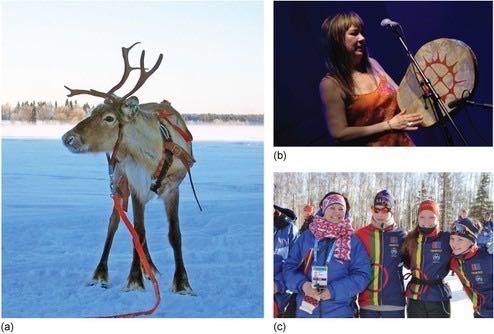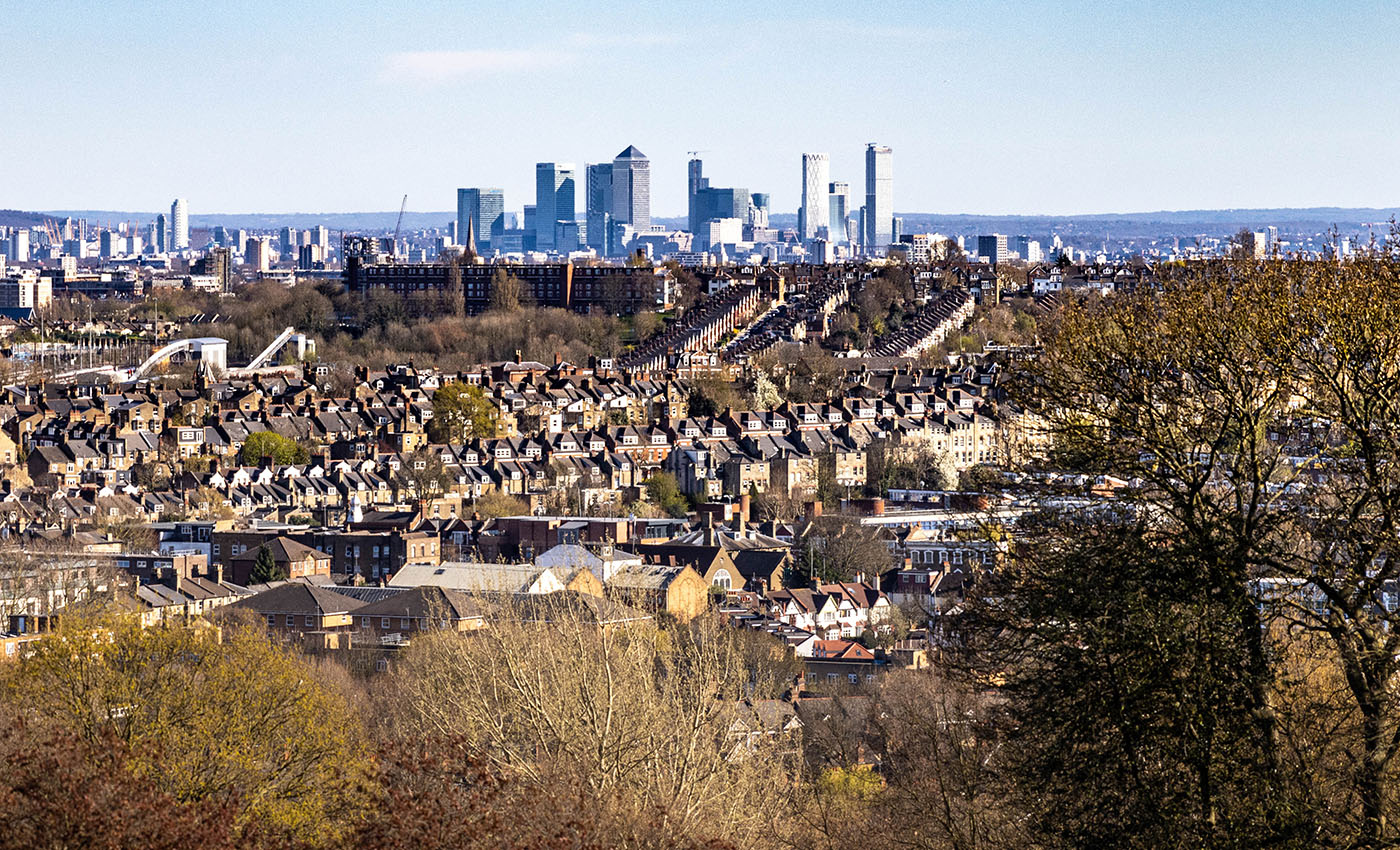4.4 Humans – climate shifts
It is not only extreme weather that affects humans, but also general climate change (i.e. the shift in the entire climate distribution). Read the following IPCC assessments of impacts of climate change on humans in recent decades (IPCC, 2014):
- Negative impacts of climate change on crop yields have been more common than positive impacts. Climate change has negatively affected wheat and maize yields for many regions.
- Impacts on livelihoods of Sámi people in northern Europe.
- Advanced timing of wine-grape maturation in Australasia.
- More vulnerable livelihood trajectories for indigenous farmers in Bolivia due to water shortage, in part due to glacier retreat.
- Increase in agricultural yields and expansion of agricultural areas in south-eastern South America.
- Impact on livelihoods of Arctic indigenous peoples, through changing ice and snow conditions, and dwindling access to hunting grounds.
- Increased shipping traffic across the Bering Strait.
- The burden of human ill-health from climate change is relatively small compared with effects of other stressors and is not well quantified.
The Sámi (Figure 16), referred to in the extract above, are the reindeer-herding communities of Lapland (the Arctic regions of Norway, Sweden, Finland and Russia). Warmer winter temperatures lead to rain falling on snow and forming ice layers that prevent reindeer access to lichen, leading to greater herd starvation.

Activity 6 Prioritising human impacts
Different types of geoengineering would affect different parts of the Earth system and would reduce different aspects of climate change.
To implement geoengineering, you will need to prioritise which impacts on humans you think it is most important to mitigate.
List these IPCC impact statements in the order that you would prioritise them. 1 is the most important, and 8 is the least important.
Using the following two lists, match each numbered item with the correct letter.
-
Negative impacts on wheat and maize yields for many regions.
-
Impacts on livelihoods of Sámi people in northern Europe.
-
Advanced timing of wine-grape maturation in Australasia.
-
More vulnerable livelihood trajectories for indigenous farmers in Bolivia due to water shortage, in part due to glacier retreat.
-
Increase in agricultural yields and expansion of agricultural areas in south-eastern South America.
-
Impact on livelihoods of Arctic indigenous peoples, through changing ice and snow conditions, and dwindling access to hunting grounds.
-
Increased shipping traffic across the Bering Strait.
-
The burden of human ill-health from climate change (relatively small compared with effects of other stressors and not well quantified).
a.5
b.6
c.1
d.4
e.2
f.8
g.7
h.3
- 1 = c
- 2 = e
- 3 = h
- 4 = d
- 5 = a
- 6 = b
- 7 = g
- 8 = f
Discussion
There are, of course, no right answers. It is a matter of judgement.
One could certainly argue that any risk to food production or water resources should be the first priority when considering geoengineering: for example, by controlling temperature and rainfall.
On the other hand, the world already produces enough food for the entire population. So other contributing factors to chronic hunger – poverty, agricultural infrastructure, conflict, unstable prices and food wastage – are just as urgent.
The Arctic peoples are relatively few in number, so the sea ice and climate on which they rely might be seen as lower priority considerations for geoengineering design – but their ways of life, and the ecosystems on which they depend, are unique in the world.
It's a tough balancing act, but these are the skills you will need to develop to become a successful geoengineer.
Climate science is, of course, constantly changing. In the next session, you will take a closer look at some of the causes.
